Best Seasons for Foundation Repairs
Foundation repairs are most effectively performed during specific times of the year when environmental conditions favor stable and accurate work. Understanding the optimal timing can help ensure the longevity and effectiveness of repairs. Seasonal factors such as soil moisture levels, temperature fluctuations, and weather patterns influence the success of foundation stabilization and repair projects.
Spring offers moderate temperatures and increased soil moisture, which can facilitate certain repair methods. However, wet conditions may delay some projects.
Summer provides longer daylight hours and dry weather, ideal for many repair activities. High temperatures may require scheduling during cooler parts of the day.
Fall often features cooler temperatures and stable soil moisture, making it a suitable season for foundation work before winter.
Winter is generally less ideal due to freezing temperatures and frozen ground, which can hinder excavation and stabilization efforts.

Springtime soil conditions can support effective foundation stabilization techniques.
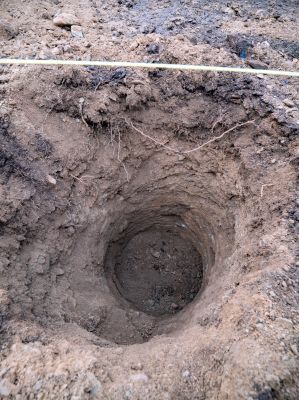
Dry summer weather allows for efficient excavation and repair work.
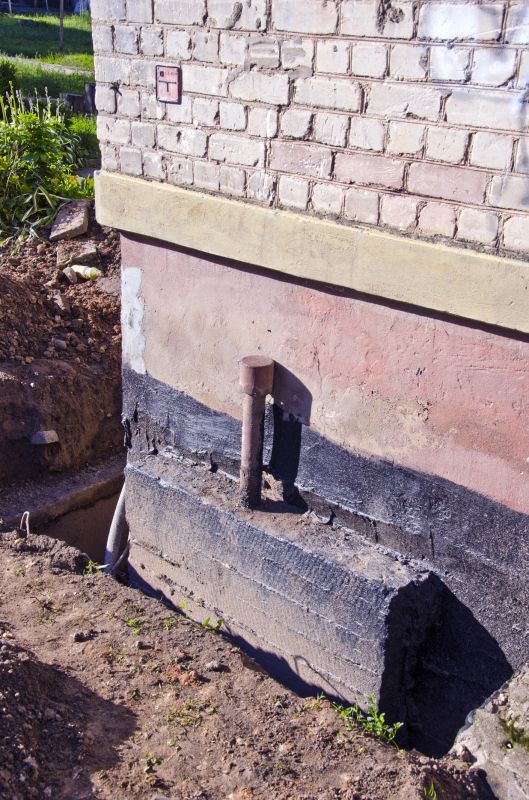
Fall offers stable soil moisture and moderate temperatures for foundation projects.
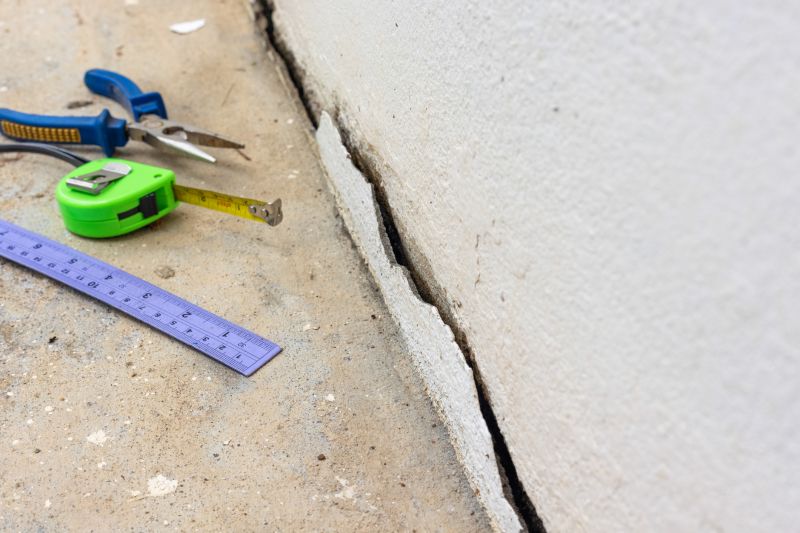
Ways to make Foundation Repairs work in tight or awkward layouts.
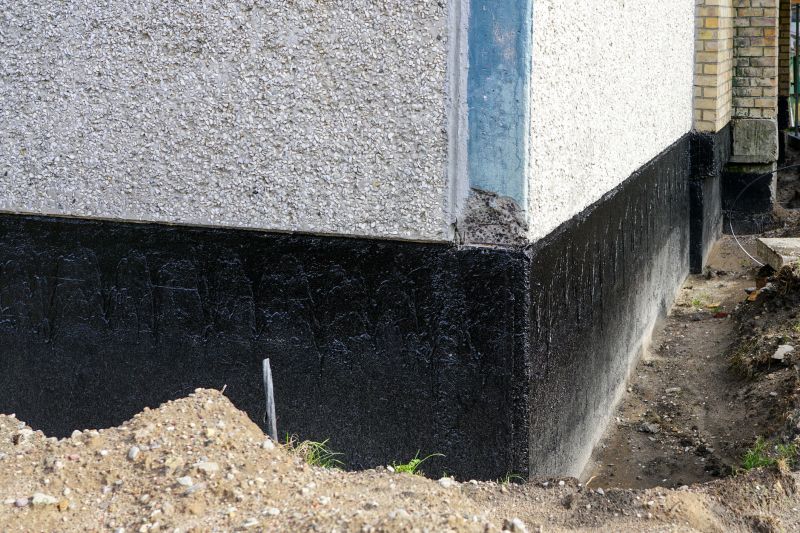
Popular materials for Foundation Repairs and why they hold up over time.
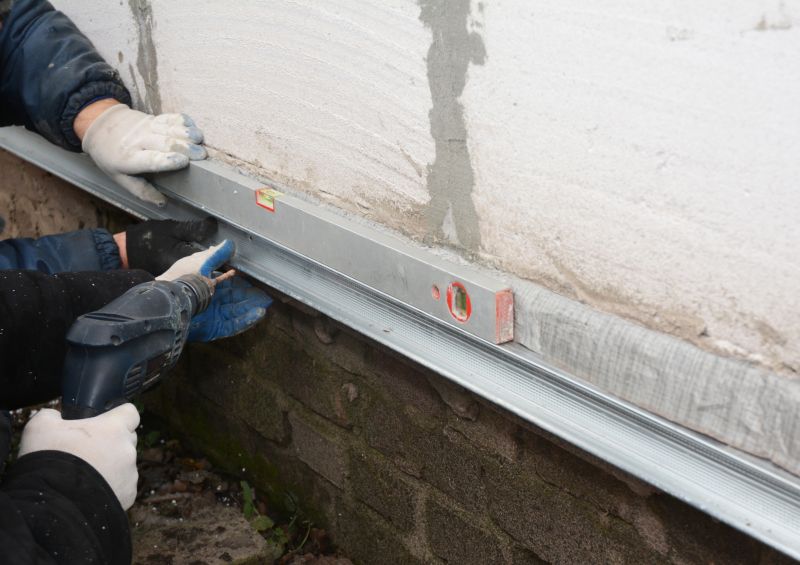
Simple add-ons that improve Foundation Repairs without blowing the budget.
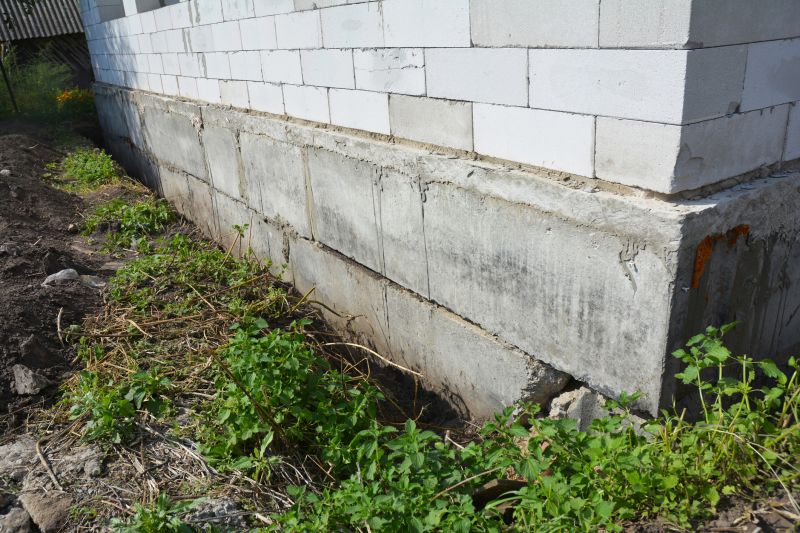
High-end options that actually feel worth it for Foundation Repairs.
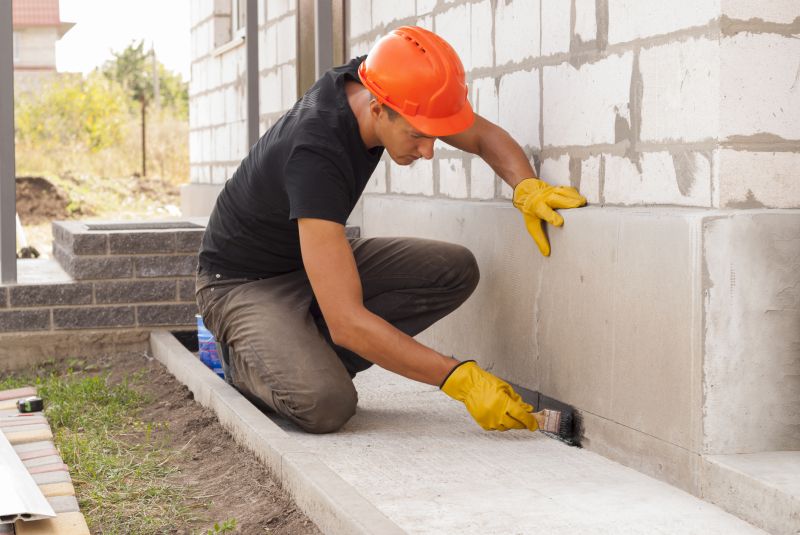
Finishes and colors that play nicely with Foundation Repairs.
| Season | Ideal for Foundation Repairs |
|---|---|
| Spring | Yes, with considerations for soil moisture |
| Summer | Yes, with precautions for high temperatures |
| Fall | Yes, optimal conditions |
| Winter | No, due to freezing ground |
Foundation repairs involve addressing issues such as settling, cracking, and shifting that can compromise structural integrity. These repairs often include underpinning, piering, and stabilization techniques. Proper timing is crucial to prevent further damage and to ensure that repairs are durable. Seasonal conditions impact soil movement and moisture levels, which are critical factors in foundation stability.
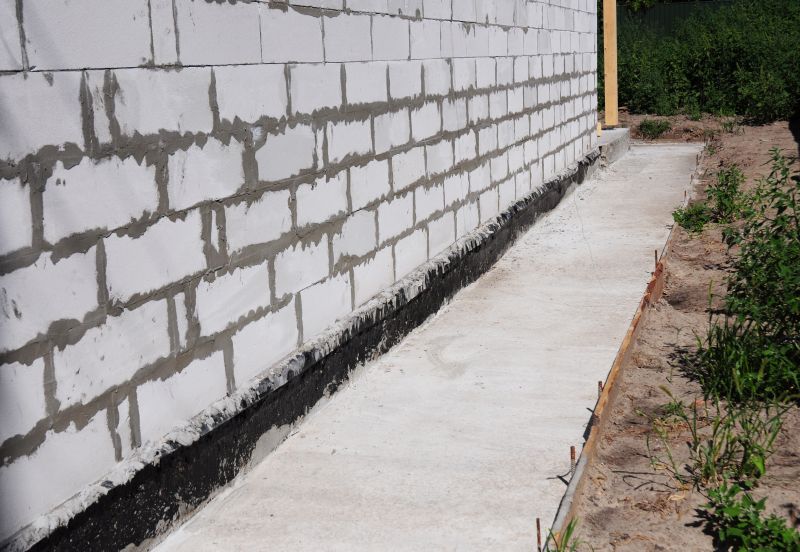
Proper timing enhances the effectiveness of stabilization methods.
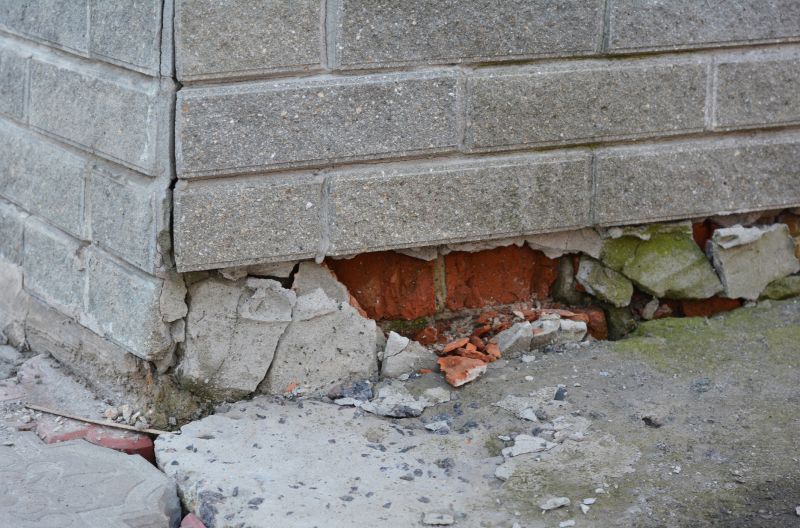
Soil moisture and temperature influence repair success.
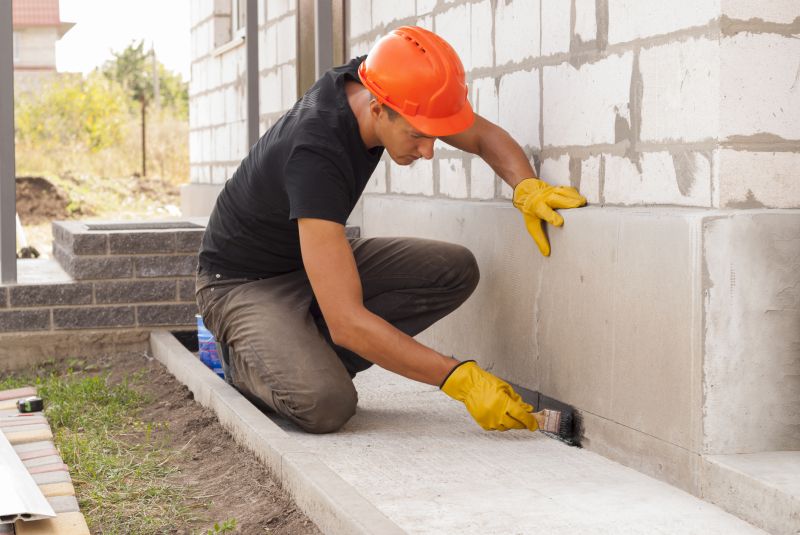
Techniques vary based on seasonal environmental factors.
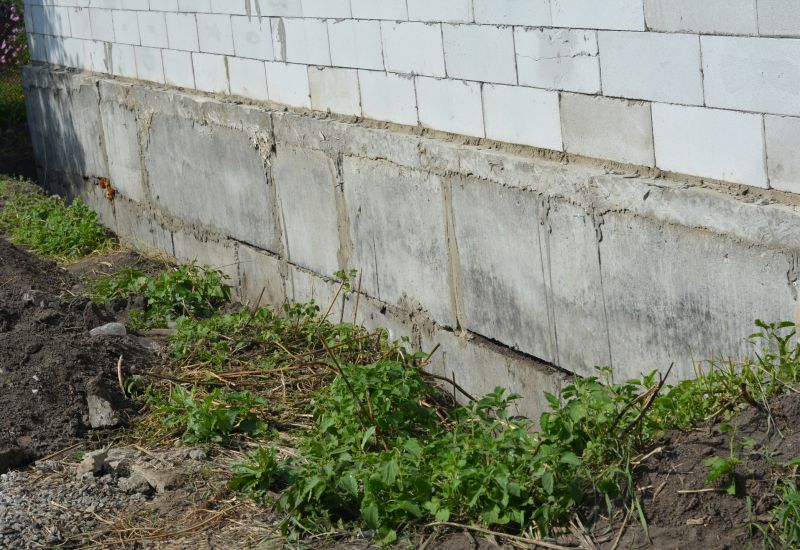
Understanding seasonal impacts helps plan effective repairs.
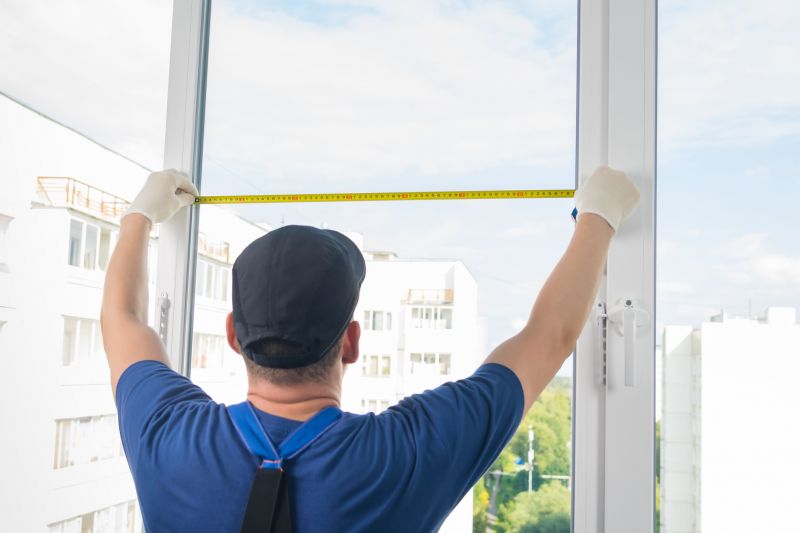
Little measurements that prevent headaches on Foundation Repairs day.
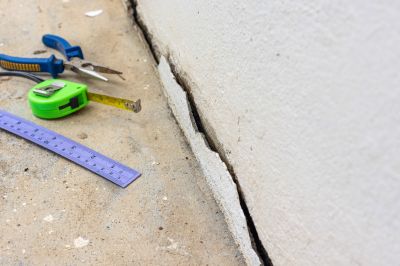
A 60-second routine that keeps Foundation Repairs looking new.
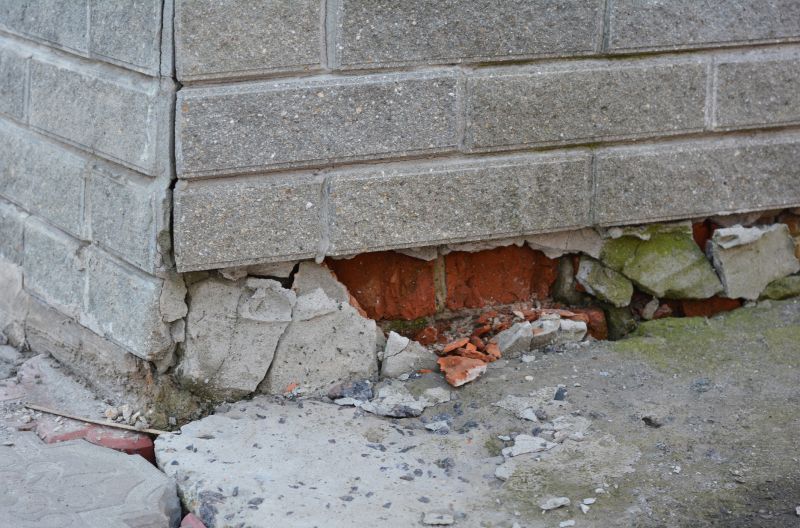
A frequent mistake in Foundation Repairs and how to dodge it.

Small tweaks to make Foundation Repairs safer and easier to use.
Timely foundation repairs can prevent extensive structural issues and costly future repairs. Consulting with foundation specialists during optimal seasons ensures that the work is performed under conditions that support long-term stability. Proper assessment and planning based on seasonal factors contribute to the success of foundation stabilization efforts.
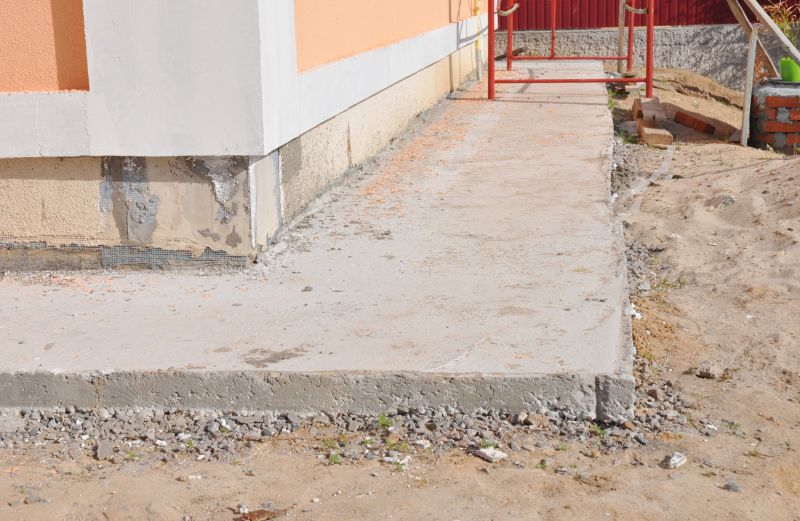
Understanding the process helps in scheduling repairs at the right time.
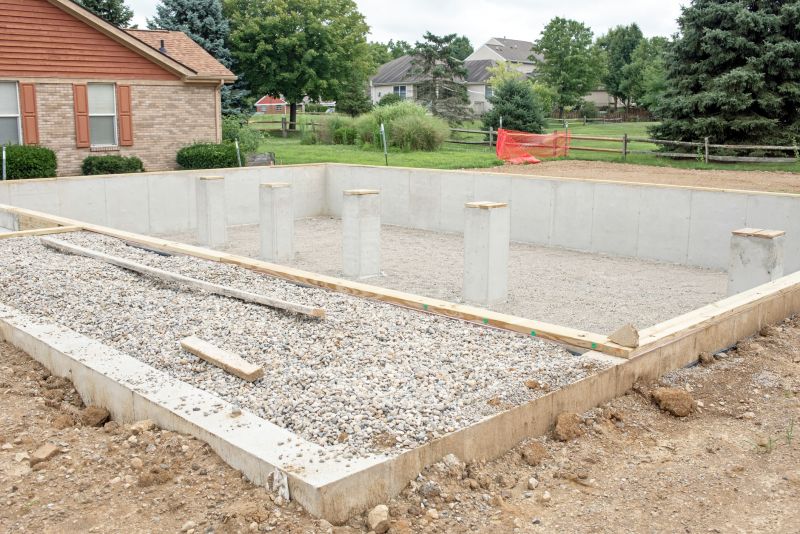
Weather and soil conditions directly impact repair methods.
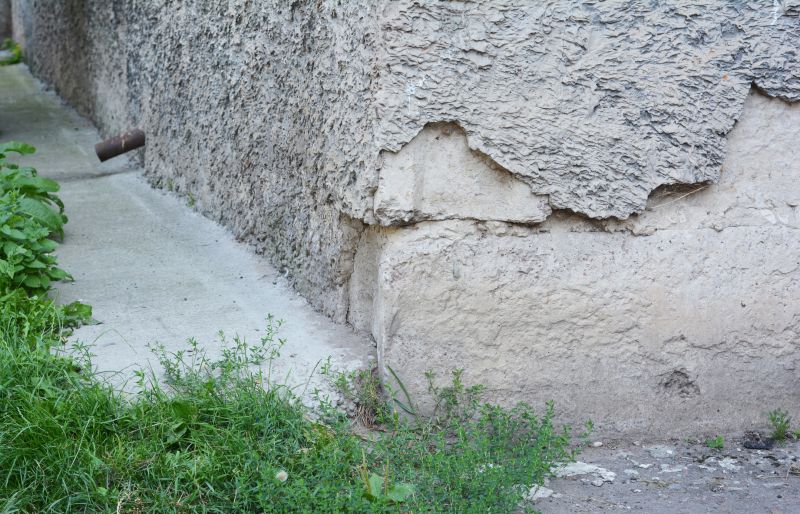
Optimal timing supports durable foundation solutions.
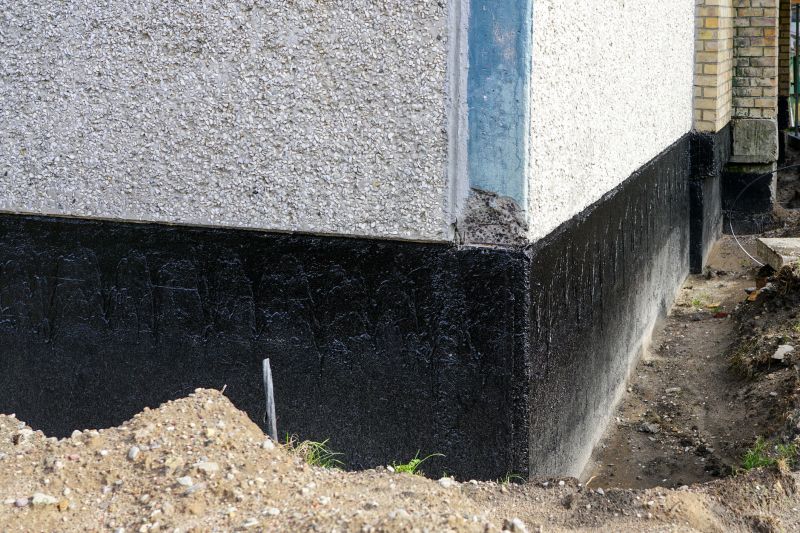
Lower-waste or water-saving choices for Foundation Repairs.
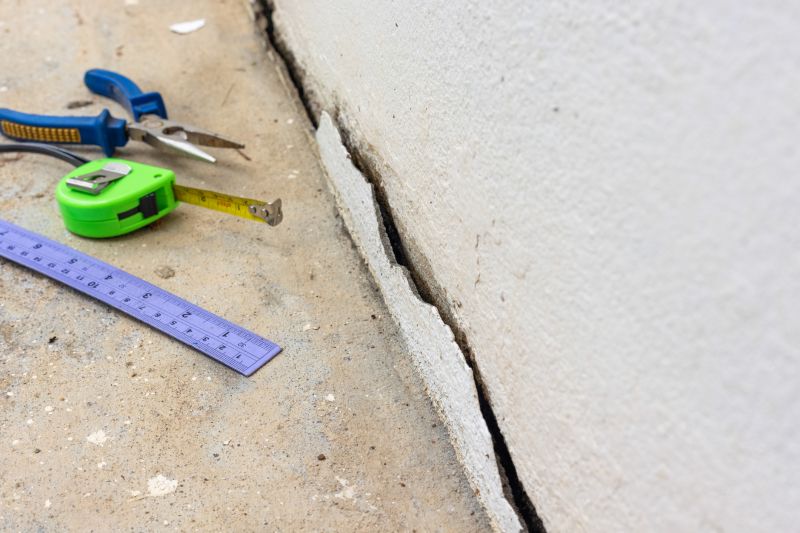
The short, realistic tool list for quality Foundation Repairs.
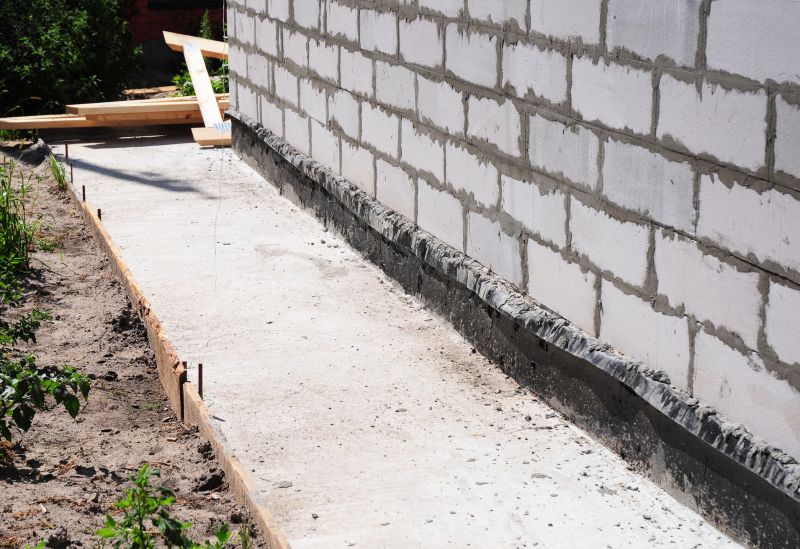
Rough timing from prep to clean-up for Foundation Repairs.
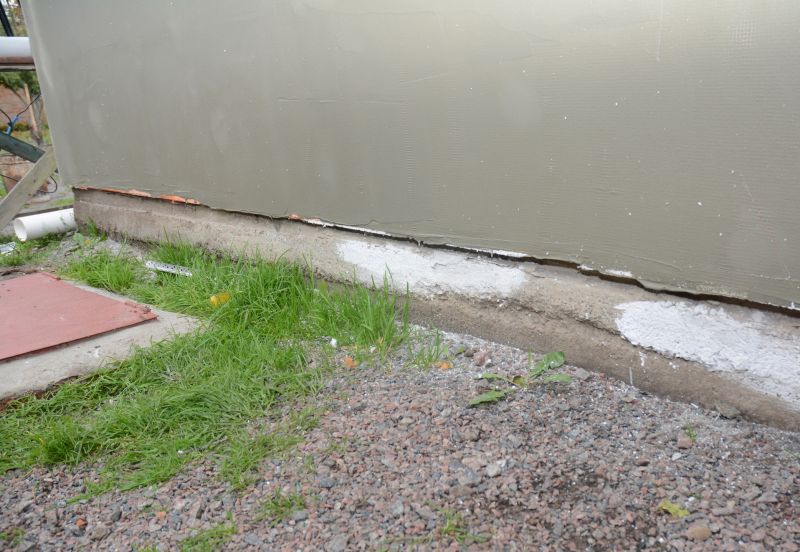
Quick checks and paperwork to keep after Foundation Repairs.
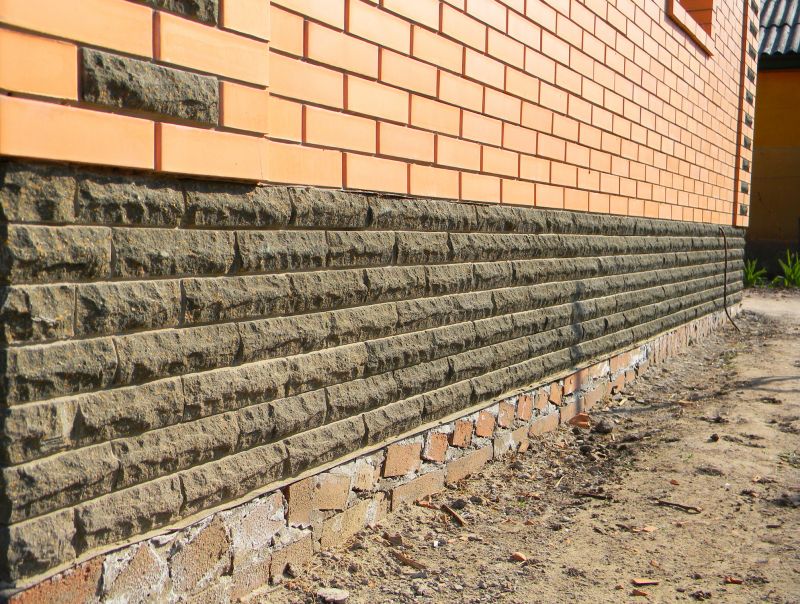
Examples that show the impact a good Foundation Repairs can make.
Interested property owners in Rosemount, MN, are encouraged to contact for more information on foundation repair timing. Proper scheduling can enhance repair effectiveness and ensure the structural integrity of the property.


